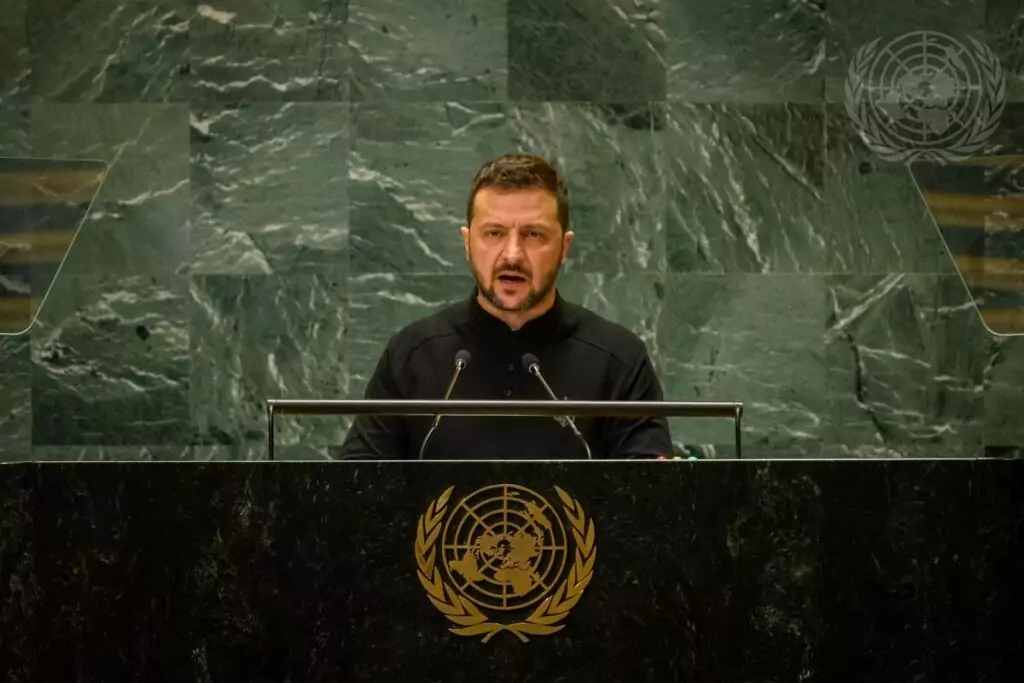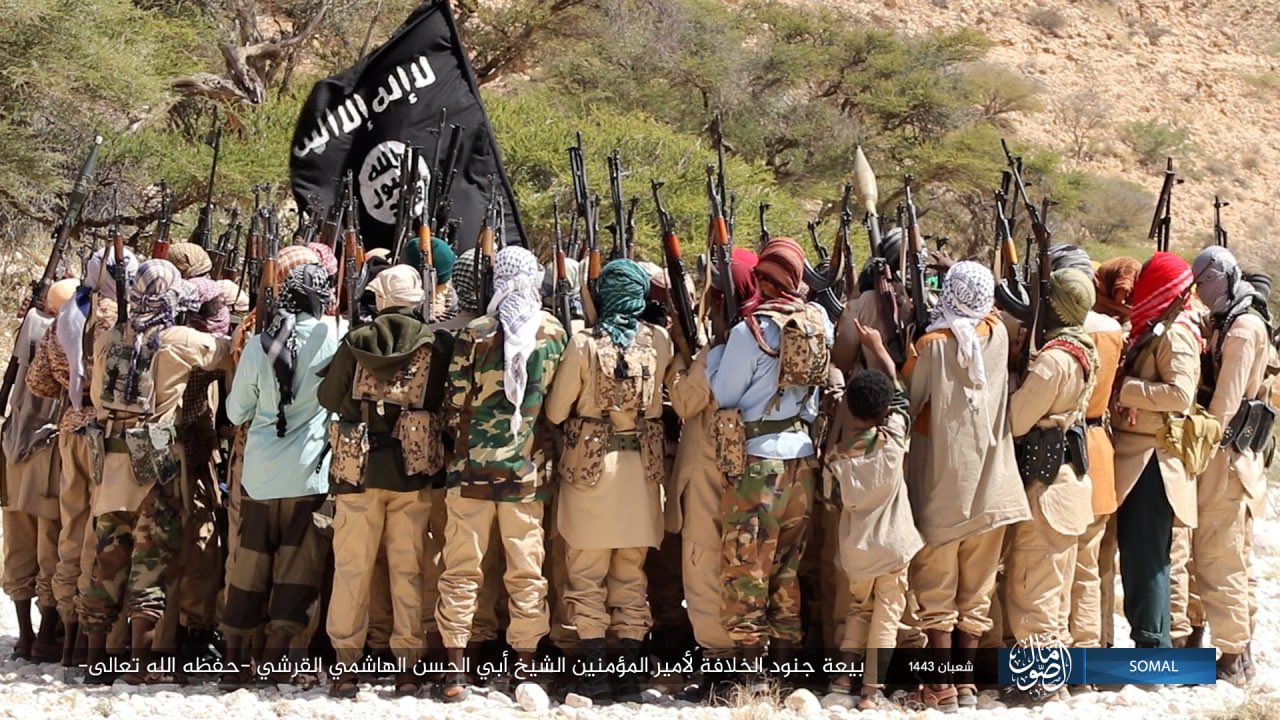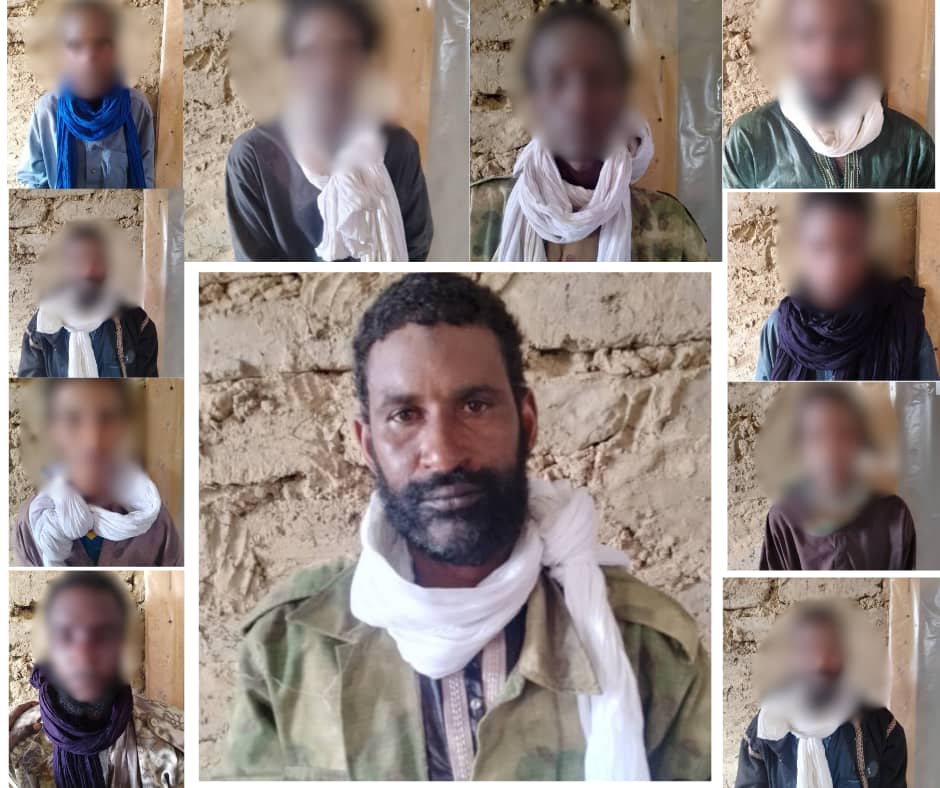
BRIEFS
BRIEFS
SUCCESSFUL OFFENSIVE ESTABLISHES HOUTHI SHIITE MOVEMENT AS A POLITICAL FORCE IN THE NEW YEMEN
Andrew McGregor
Since last October, the Zaydi Shiite Houthis of northern Yemen’s Sa’ada governorate have been involved in simultaneous conflicts with the Zaydi Shiites of the Hamid Confederation of tribes in neighboring Amran governorate and Salafist Sunnis concentrated in the town of Dammaj in Sa’ada governorate. Propelled by an apparently new armory of heavy weapons, the Houthists began to push south into neighboring Amran governorate in early January, eventually defeating the powerful al-Ahmar clan, leaders of the Hashid Arab confederation. By the time a ceasefire could be arranged in early February, Houthist forces were in the Arhab region, only 40 kilometers from the Yemeni capital of Sana’a (AFP, January 30).
The Zaydi, also known as “Fiver Shi’a,” constitute over 40 percent of Yemen’s population, though only a portion of this total are Houthis. They have traditionally had few major doctrinal differences with Yemen’s Sunni Shafi’i majority, but have run into conflict with the growing numbers of anti-Shiite Salafists in Sa’ada governorate. In the two years since the uprising that deposed Yemen’s old regime, the Houthis have made a dramatic transition from a Sa’ada-based rebel movement to an important and recognized political player in Yemen.
By February 2, the Hashid defensive lines began to collapse, allowing the Houthis to take Khamri, the home of Hussein al-Ahmar (brother of Hashid tribal chief Sadiq al-Ahmar), though not before Hussein ordered his family property to be burned to the ground before evacuating (AFP, February 2). The Houthist offensive was also opposed by a number of pro-government Zaydi Shiite tribes (AFP, January 30).
On February 9, government mediators succeeded in arriving at a ceasefire agreement in Amran governorate between the Houthis and their al-Ahmar opponents. The agreement called for the Houthis to withdraw from the Arhab district, but in turn provided for the expulsion of all non-local Salafists from Dammaj, where many were studying at the Dar al-Hadith Seminary, which has a large number of foreign students (Yemen Post, February 10). However, Yemen’s Salafist political party, the Rashad Union, referred to the “forcible displacement” of Salafists from Dammaj and accused the Houthis of committing “atrocities” and “crimes against humanity” (World Bulletin, January 19). The Houthists in turn have said they had no problem with the Salafist students, only the large number of “armed fighters who were students at the school” (Yemen Times, January 16). Houthists put the Dammaj seminary under siege last October in response to what they viewed as a mounting threat from the Salafists gathering in Dammaj.
Once the ceasefire was in place, troops of the national army’s 62nd Brigade began to deploy to checkpoints formerly occupied by the combatants in Arhab (Saba News Agency [Sana’a], February 13). The agreement to expel non-local Salafis from Dammaj sent some 15,000 Salafis streaming south into the Sawan district of Sana’a, where local residents were surprised to see them filling mosques and markets as temporary residences, throwing up tents and setting checkpoints manned by gunmen along roads and alleys (Yemen Times, January 29).
Houthi representative Muhammad al-Bukhaiti has emphasized that the conflict in Dammaj was a reaction to steps taken by the leader of the Hashid confederation: “The ongoing clashes in Hashid are the result of a document signed by Shaykh al-Ahmar in 2010. That agreement stipulated that if anyone from the Hashid tribe joined the Houthis or supported them, they are subject to death and having their property expropriated. Accordingly, several individuals associated with the Houthis in the Danan area were displaced. This is the reason behind the original clashes in Dammaj” (Yemen Times, January 14).
Though the Houthi advance has brought its fighters close to Sana’a, it seems unlikely that the Houthists will attempt to take the capital, knowing such a move could easily ignite a much larger conflict. Besides, as a Houthi spokesman noted, the movement already has a sizable presence in Sana’a that makes further infiltration unnecessary: “There are hundreds of thousands of Houthis in Sana’a and everyone knows it” (al-Sharq al-Awsat, February 7).
Looking to explain the al-Ahmar collapse and the national army’s failure to intervene, some Yemeni observers have attributed the Houthis’ advance to military support from Iran and diplomatic intervention and intelligence updates from the United States (Yemen Post, February 10). Hadi’s strategy in avoiding a military confrontation with the Houthists appears to have been designed to avoid further escalation of the situation, but has inevitably made him look weak in the eyes of some Yemenis. Business mogul and al-Ahmar clan member Hamid al-Ahmar is among those who have suggested that his clan’s defeat was due to the intervention of Hashid member and ex-president Ali Abdullah Saleh, who ordered followers and tribesmen within the Hashid confederation to support the Houthists in retribution for the al-Ahmar clan’s role in deposing Saleh in February 2012 (al-Masder [Sana’a], February 9; AFP, February 2).
Defeated in battle, Sadiq al-Ahmar formed a committee of 60 tribal and religious figures to meet with President Hadi to demand the government halt Houthist expansion and force the Houthis to relinquish their heavy weapons and form a political party (Gulf News, February 11). The demands were quickly rejected by a Houthist spokesman: “The same religious and tribal figures who would ask Hadi to ask us to hand over our weapons, fought the former government in 2011 with heavy weapons… We are part of a country awash with weapons. No one can force us to form a political party. When we realize that it is in our interest to form a party, we will do it” (Gulf News, February 11).
In a January 13 speech given on the occasion of the Prophet Muhammad’s birthday, Houthi leader Abd al-Malik al-Houthi suggested the Houthi breakout was the result of regional insecurity: “When the state is able to protect us as citizens we will not be forced to use our weapons against anyone, but when the government is unable to do that, we will defend ourselves and our society… We really regret every drop of blood, even of those who fight against us” (NationalYemen.com, January 14).
A presidential “Regions Defining Committee (RDC)” formed in January to decide on Yemen’s new federal structure has approved the division of Yemen into six federal regions, with special status for certain regions such as the capital:
- In the south, the regions of Aden (including the governorates of Aden, Lahj, al-Dhale and Abyan) and Hadramawt (including Hadramawt, Shabwa, al-Mahra and Socotra)
- In the north, the regions of Shebah (including the governorates of al-Jawf, Marib and al-Bayda), Janad (including Ta’iz and Ibb), Azal (including Amran, Sana’a, Dhamar and the Houthi homeland of Sa’ada) and Tahama (Hodeida, al-Mahwit, Hajjah and Raymah).
- The capital, Sana’a, would exist independent of any regional authority as a “neutral” space
- The southern port of Aden would be given “independent legislative and executive powers” (BBC, February 10).
The Houthist political wing, Ansar Allah, quickly objected to the work of the RDC, which will be folded into a new constitution that must be approved in a national referendum. According to Ansar Allah, the new internal borders will divide Yemen into poor and wealthy regions (Press TV [Tehran], February 11).
Houthi representative Muhammad al-Bukhaiti pointed out that Sa’ada had been included into the Azal region, an area with no major natural resources and no access to the sea, while Sa’ada’s stronger “cultural, social and geographic links” with neighboring Hajjah (with access to the sea) and Jawf (east of Sa’ada beside the Saudi border) had been ignored by the RDC (Yemen Online, February 12). Another Houthi leader, Ali al-Emad, predicted that “This form of division will probably cause internal conflicts in the future because it was decided on a sectarian and tribal basis” (Yemen Times, February 13).
MALI’S GANDA ISO MILITIA SPLITS OVER SUPPORT FOR TUAREG REBEL GROUP
Andrew McGregor
In a statement issued on February 9 in the Burkina Faso capital of Ouagadougou (host of a series of negotiations between the warring parties in northern Mali), Ganda Iso founder and unofficial leader Seydou Cissé announced that the Malian militia/political movement intended to support the largely Tuareg Mouvement National de Libération de l’Azawad (MNLA) in all parts of the peace process being conducted with Bamako. Cissé followed this unexpected declaration of support for his movement’s traditional enemies with the astonishing observation that Ganda Iso made a mistake by not following the MNLA into the 2012 rebellion from the start (L’Indicateur du Renouveau [Bamako], February 12). Cissé formed the movement from Songhai and Peul/Fulani tribesmen in 2008 during Tuareg disturbances in the region “to maintain social stability” (L’Indépendant [Bamako], August 12, 2010).
From 2008 to 2009, Ganda Iso engaged in a private war with the pro-government Imghad Tuareg militia led by Colonel al-Hajj ag Gamou (see Terrorism Monitor, April 19, 2012). Ganda Iso also clashed with the MNLA several times in March 2012, but fled Gao at the joint approach of the MNLA and Ansar al-Din (L’Indépendant [Bamako], March 20, 2012; 22 Septembre [Bamako], March 19, 2012). MNLA spokesman Moussa ag Attaher said he believed the alliance of the two movements affirmed the will of the people of Azawad (northern Mali) to “conduct the good fight” (L’Indicateur du Renouveau [Bamako], February 12).
In a response nearly as strange as Cissé’s remarks, Gando Iso spokesman Muhammad Attaib Sidibé issued a statement saying that Cissé “had never been a member of the Ganda Iso movement. On the contrary, Monsieur Cissé is a known member of the Mouvement National de Libération de l’Azawad and resides in Ouagadougou (L’Indépendant [Bamako], February 11; MaliActu.net, February 11). The statement added that Ganda Iso reaffirmed its support for the Coordination des Forces Patriotique de Résistance (CMFPR) under the leadership of Bamako-based lawyer Harouna Toureh.
However, according to the CMFPR, Toureh has not been the chairman of the group since January 14, having been replaced by Ganda Iso president Ibrahima Abba Kantao (22 Septembre [Bamako], January 30). Toureh’s reported absence at nearly all CMFPR meetings led the group to drop him as its spokesman, but Toureh has found other work – the defense of “General” Amadou Sanogo, leader of the 2012 military coup (Le Scorpion [Bamako], January 30; Les Echos du Parlement [Bamako], November 29). Indicted on charges of conspiracy to kidnap, Sanogo, who exchanged his rank of captain for that of a general shortly after the 2012 coup, has been fortunate in so far evading the more serious charges of complicity in multiple murders facing former defense minister General Yamoussa Camara, former security director General Sidi Alassane Toure, Captain Amadou Konare, the reputed brains behind the coup, and Lieutenant Tahirou Mariko, former aide to Captain Sanogo. The charges relate to the deaths of 21 members of the Malian paratroops/presidential guard who were arrested, displayed on television and then “disappeared” by the military regime after being captured during an unsuccessful counter-coup in April 2012 (for the rivalry between Mali’s “Green Berets” and “Red Berets,” see Terrorism Monitor, February 22, 2013). A mass grave containing the remains of 21 men was recently found near the Kati military barracks outside of Bamako that served as Sanogo’s headquarters and the remains are awaiting DNA testing (AP, February 14). General Camara is alleged to have forged documents claiming the missing men had been sent to the front to fight the Islamists and had been killed there (Reuters, February 13).
The CMFPR styles itself as a group of movements dedicated to driving jihadists and narco-traffickers from northern Mali, though none of these “self-defence” militias played a role of any significance in the military intervention that drove most of the Islamist extremists from northern Mali in 2013, though Ganda Iso military commander Ahmadou Diallo was killed in a skirmish with Islamists in March, 2012. In the past, such groups often received support from elements of the Malian military in the interest of forming a counter-force to armed Arab and Tuareg movements in the north, but this support appears to have been withdrawn at the beginning of the intervention as the Malian army struggled to re-assert itself. There are reports that Mali’s military thought the militias simply too amateur to be deployed in action (JournalduMali.com, November 14, 2013). The militias are mostly based in Gao region and are drawn largely from the Songhai, Peul/Fulani and other tribes that are traditional rivals of the Arabs and Tuaregs in northern Mali. The militias that have banded together in 2012 under the CMFPR umbrella include:
- Ganda Iso (Sons of the Land)
- Ganda Koy (Lords of the Land)
- Alliance des communautés de la région de Tombouctou (ACRT -Alliance of communities in the region of Timbuktu )
- Front de Libération des régions Nord du Mali (FLN – Front for the Liberation of the Northern regions of Mali)
- Force armée contre l’occupation (FACO – Armed force against the occupation)
- Cercle de réflexion et d’action (CRA – Circle of Reflection and Action)
Despite the effort to present a unified voice for the non-Arab and non-Tuareg communities of northern Mali, continuing dissension within these movements combined with diminished military support will work against these communities having significant representation in talks that will help determine the future of the region.


